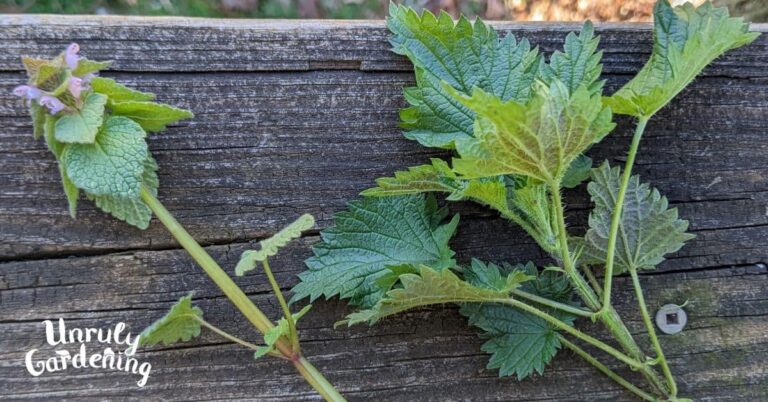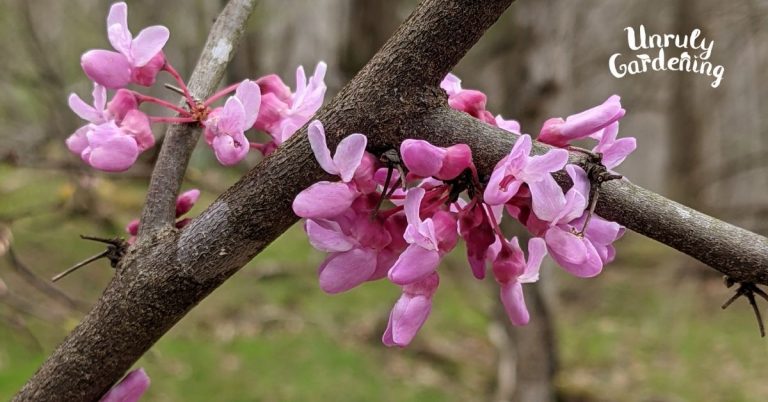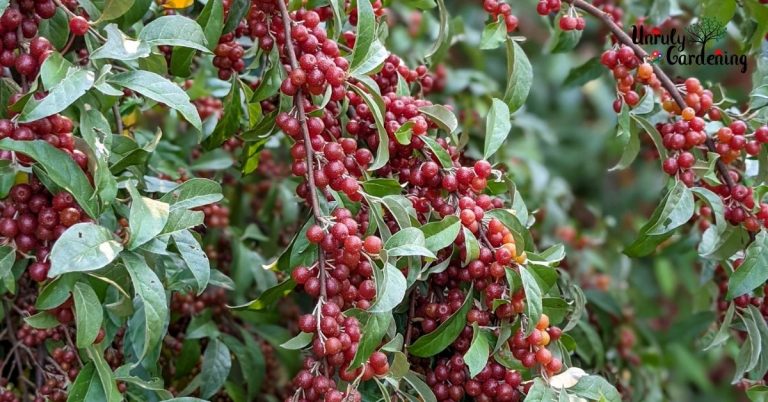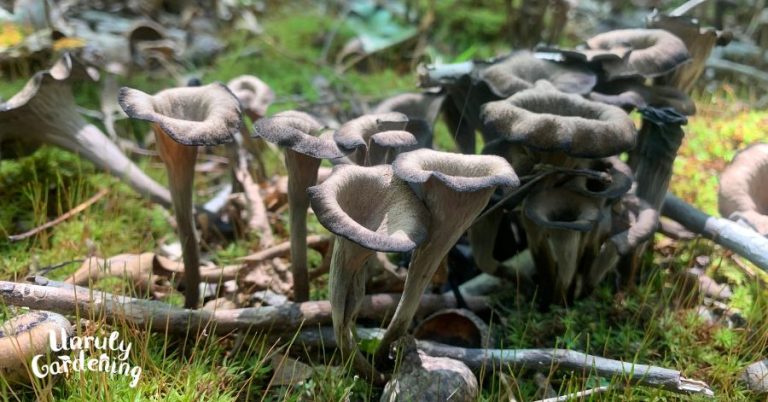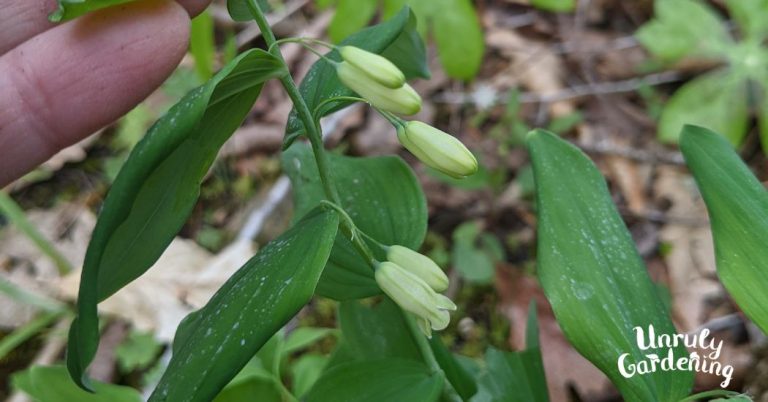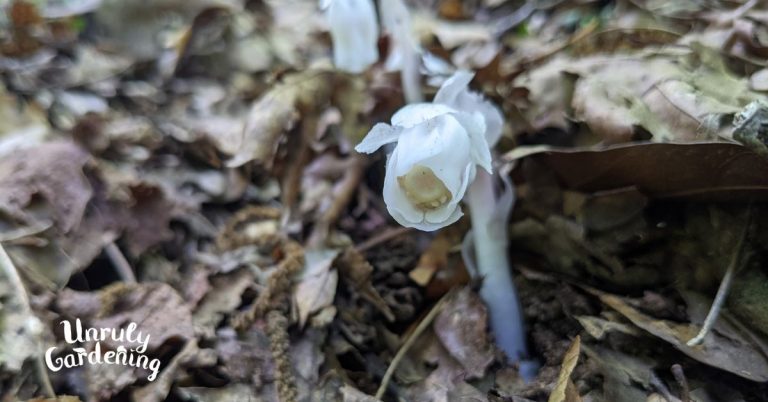Foraging Paw Paws
Paw Paws are a delicious native fruit that’s prized by foragers!
In this article, you’ll learn how to ID paw paw (Asimina triloba) trees throughout the year, plus when to look for the fruit, and how to best harvest and store it.


How to ID a Paw Paw Tree
Paw paws are small, perennial understory trees, with rather large and distinctive leaves.
These deciduous trees are native to the eastern United States and are hardy from USDA zones 5 through 8.
Paw paws prefer the moist acidic soil of hardwood forests, where they slowly grow for about 5 to 8 years (or at least 6 feet tall) before bearing fruit.
A mature paw paw tree tops out around 15 to 20 feet, or occasionally a little taller.

The Leaves
The green, oblong leaves are pretty big – around 6 to 12 inches long, and about 2 to 3 inches wide.
In fall, they turn a golden yellow color, before dropping off for the winter.

Paw Paw Flowers
The six petalled flowers are a subtle burgundy-red to brownish color that bloom between March to May, depending on where you live.

The flowers contain both male and female parts, but they’re not self-fertile. Instead, a paw paw flower uses its unpleasant scent to attract flies and beetles, who then help spread the pollen supply around to other trees.
Pollination on paw paw trees is often very poor. Poor enough, in fact, that some paw paw lovers take it upon themselves to learn how to pollinate the flowers by hand!

The Fruit
The fruit can sometimes be hard to spot when you look up in paw paw trees.
They’re green, and often smaller than the very large leaves. Look very carefully from a number of angles around the tree to make sure you’re not missing one hiding up in there!

Harvesting Paw Paws
Paw paws tend to drop right from their trees when ripe. One way to harvest the fruits involves shaking the trees to see if any drop off. Ripe, fallen fruits are then collected from the ground.
Fruits that dropped off the tree on their own are okay to harvest from the ground as long as the fruits are whole, with unbroken skin, don’t have any signs of being chewed on by animals, and didn’t land in anything gross, like a big pile of animal dung.
Another way to harvest the fruits is to feel the ones attached to the tree for ripeness. Ripe fruit can be gently picked right off the tree, which can be helpful for avoiding damage to the paw paws.

How to tell when a paw paw is ripe?
Ripe paw paws will be soft to the touch. A finger press should leave an indent on the soft fruit skin. It feels similar to pressing on a peach to test for ripeness. But not so soft your finger goes through the skin- that’s too ripe!
Ripe paw paws tend to get a light yellowish cast on their skins, as well as some brown/black mottling or skin spots.

A knife should split a perfectly ripe paw paw without much resistance (other than the seeds), and the flesh should be a creamy yellow to yellow-orange inside. If you taste it, it should be sweet and smooth, maybe even a little slimy. If the fruit is crunchy, it’s under-ripe!

Whole, under-ripe paw paws that just aren’t quite there yet can be stored in a brown paper bag on the counter for a day or two to ripen. Keep a sharp eye on this! Paw paws go from perfectly ripe to over-ripe very quickly.

How to Eat a Paw Paw
Once you’ve found a good and ripe paw paw, you’ll want to eat it sooner rather than later, as they don’t have much of a shelf life to speak of. It’s very easy for a paw paw to quickly go from perfectly ripe to smushy, so if you find one that’s perfect, it’s a good idea to try to eat it within the day.
To eat a paw paw fresh, split it open with a sharp knife. From there, simply grab a spoon, and dig into the fruit. Don’t eat the skin or seeds, just the creamy yellow fruit flesh. It’s as simple as that!

If you don’t want to eat it alone like this, a lot of people like to use it as a banana substitute in things like oatmeal, or mixed into ice cream by making a milkshake or mixing it into a homemade ice cream base.
Other ways to try eating this fruit can be using it to replace banana in a banana bread recipe, making a paw paw bread loaf.

What do paw paws taste like?
Opinions in our own family are mixed, but paw paws remind us of a banana, crossed with a really ripe mango.
One person in our family says she tastes more of a sweet muskiness, with a little bit of tanginess like a maypop fruit.
The texture is custard-like and the taste is tropical and exotic, compared to most fruits that are native to the US!
You either like or you hate paw paws. Some people just don’t like the taste, while there are others who absolutely adore it.

Storage
Paw paws have a really short shelf life. They can manage being in a brown paper bag in the fridge or countertop for about a day or two at the absolute maximum. They’re best eaten fresh!
You can, however, freeze them. To freeze paw paws, cut them open and scoop out all the yellow fruit flesh in a bowl, seeds and all. You don’t want to keep the green-yellow skins (return them outside) or the seeds (plant them back in the woods).
Once you have just the yellow fruit pulp left, divide the fruit into single-serving sized portions- in ice cube trays or freezer bags, and freeze until solid. Store in freezer bags with the air squeezed out as much as possible. Paw paw fruit will keep about 6 to 12 months in your freezer.
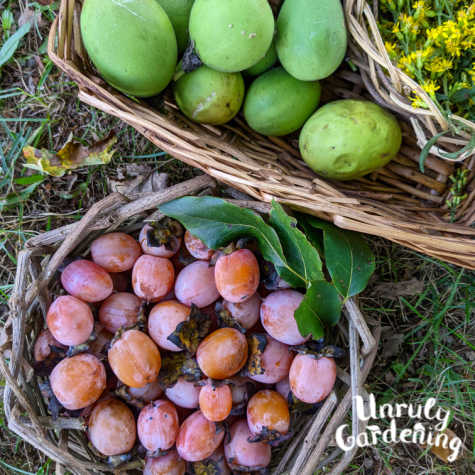
More Foraging Articles!
We have lots more foraging articles on our site that you may enjoy reading, including these:
Harvesting & Drying Black Walnuts (+hull & leaf uses!)
Foraging & Harvesting Wild Persimmons
Growing & Foraging Passionflower & Maypops (+ ways to use them!)
Foraging & Identifying Autumn Olive Berries (+lookalikes!)
Foraging Usnea Sustainably (+uses & recipes!)
How to Forage & Use Pine Resin
Foraging Goldenrod (Photos, Tips & Lookalikes!)
Our articles are for information and idea-sharing only. While we aim for 100% accuracy, it is solely up to the reader to provide proper identification. Be sure to seek out local foraging classes and plant walks, and invest in mushroom and foraging guides suitable for the area you live in, since some wild foods are poisonous, or may have adverse effect.

